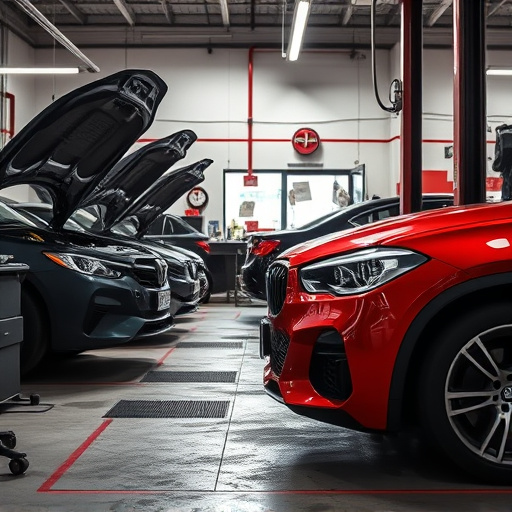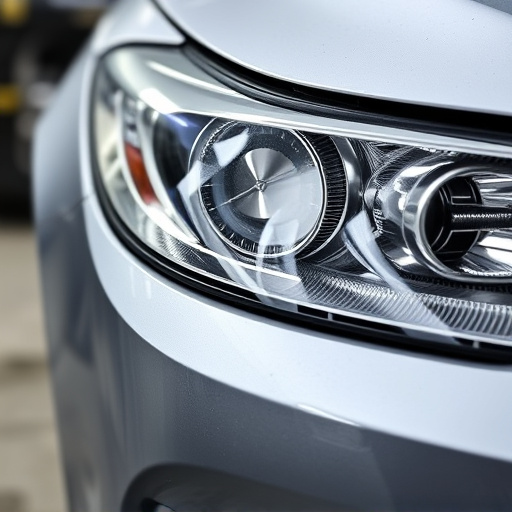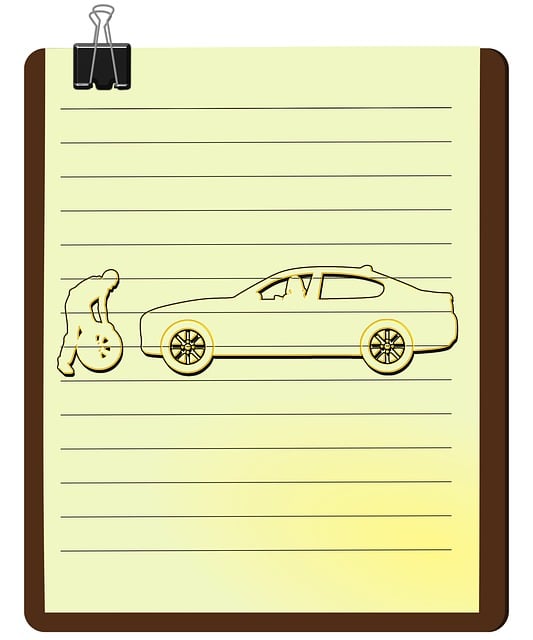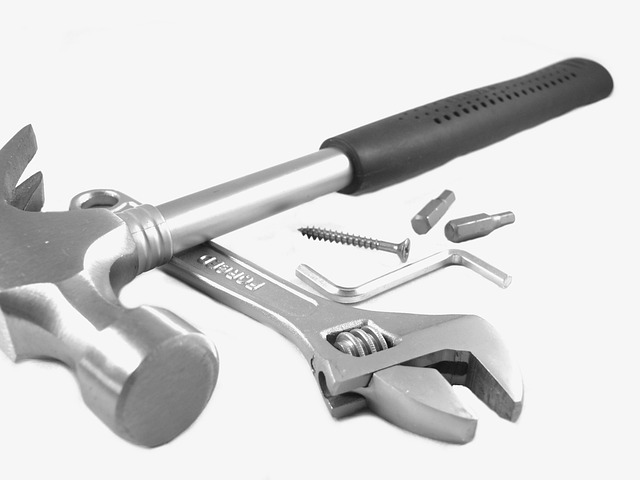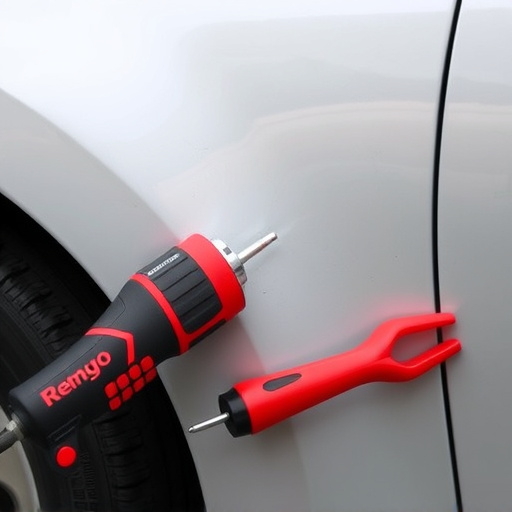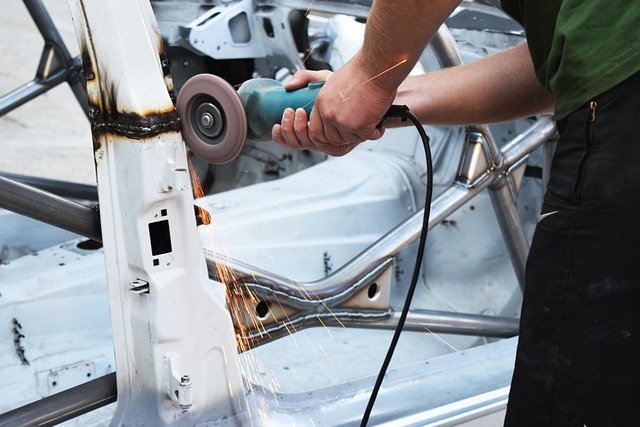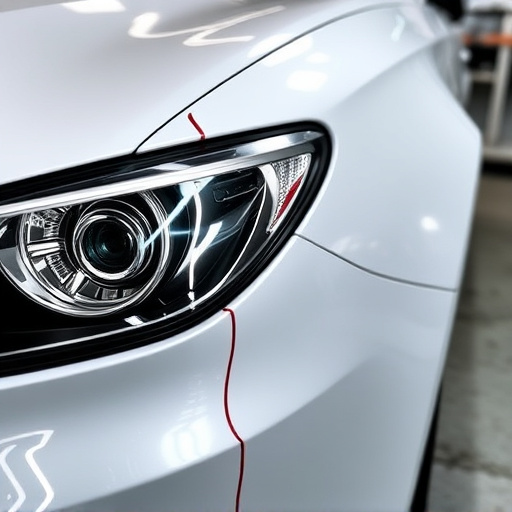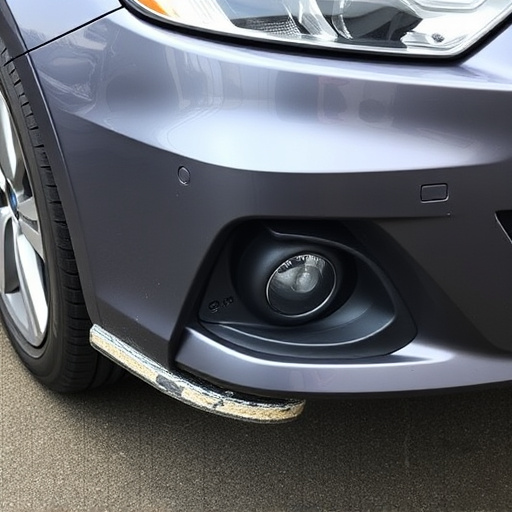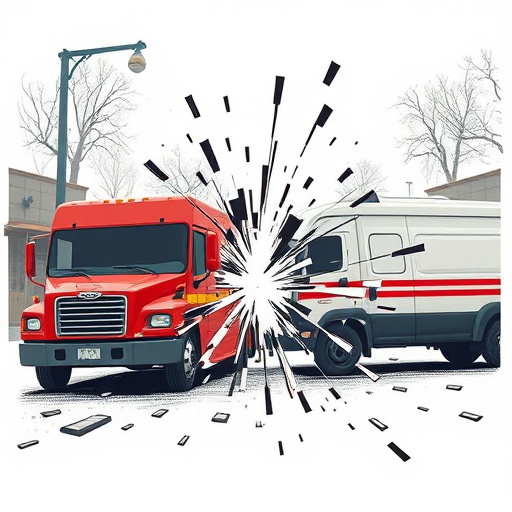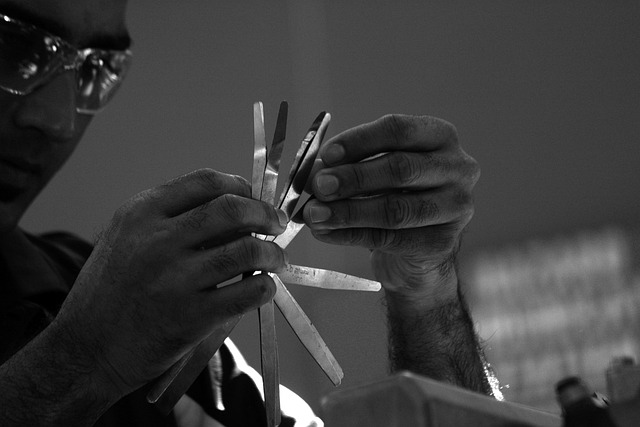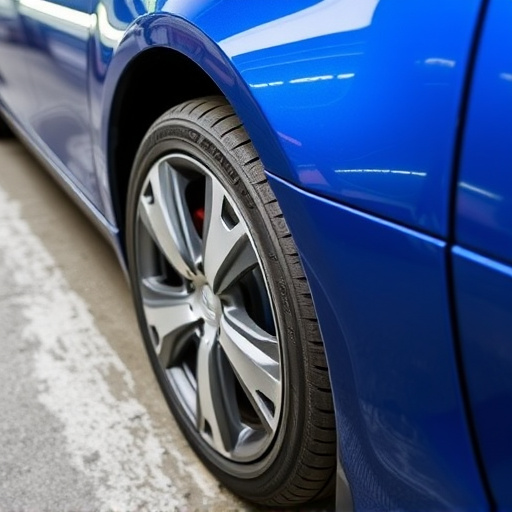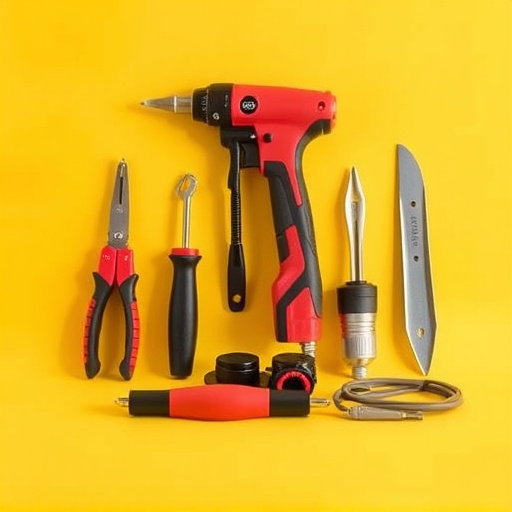Crafting effective repair video documentation for auto body shops involves tailoring content to audience needs: detailed processes for technicians, before-after results with concise guides for customers. Visual clarity, clear narrative structure, and engaging production techniques ensure accessibility and understanding. Optimize with keywords like "repair video documentation" for better reach.
In today’s digital age, clear and informative repair video documentation is essential for technicians and DIY enthusiasts alike. This article explores best practices for creating effective repair videos, catering to diverse audience needs. We delve into key elements of engaging content, production tips, and delivery strategies. By understanding your viewers’ expectations, incorporating vital information, and adopting best practices, you can enhance learning and problem-solving through video documentation.
- Understanding Audience Needs for Repair Videos
- Essential Elements of Effective Video Content
- Best Practices for Engaging Video Production and Delivery
Understanding Audience Needs for Repair Videos

When creating repair video documentation, understanding your audience is key. Whether your videos are intended for internal use within an auto collision center or for external viewing by customers, tailoring content to meet specific needs ensures maximum engagement and comprehension. For instance, training videos aimed at auto body technicians will focus on detailed processes and intricate repairs, employing close-ups and step-by-step instructions to facilitate learning. In contrast, repair video documentation meant for car dent removal procedures should be more accessible, clearly demonstrating the before-and-after results while providing a concise guide for customers interested in this specific service.
Audience needs also dictate the format and style of your videos. For an auto glass repair tutorial, visual aids and clear voiceovers explaining each step can significantly enhance comprehension, especially for viewers who prefer a more guided learning experience. Conversely, time-lapse videos showcasing the transformation from a damaged car to a pristine one, like those often seen at a professional auto collision center, can captivate audiences and convey complex repairs in an engaging, digestible manner.
Essential Elements of Effective Video Content

Creating clear and informative repair video documentation is key to effectively communicating complex processes in an auto body shop or automotive body shop. The best videos go beyond simply showing the steps; they include essential elements that enhance understanding and retention. Firstly, ensure the video provides a detailed overview of the car damage repair process, from initial assessment to final completion. A clear narrative structure, with a beginning, middle, and end, helps viewers follow along seamlessly.
Secondly, visual clarity is paramount. High-quality footage, well-lit scenes, and crisp audio make it easier for viewers to discern details and understand the techniques being demonstrated. Incorporate close-ups of crucial steps in car damage repair, such as panel replacement or paint application, to showcase the precision involved. Additionally, including relevant text overlays or captions can further improve accessibility, benefiting both the learning experience in an auto body shop and those reviewing the videos remotely.
Best Practices for Engaging Video Production and Delivery

When creating repair video documentation, engaging video production techniques are key to effective communication. Start by scripting clear and concise steps for the repair process, ensuring each action is easily understandable. High-quality visuals and well-lit scenes enhance visibility, making it easier for viewers to follow along. Incorporate close-ups of tools and materials used in vehicle body repair or car repair shop environments, providing a detailed look at each stage.
Utilize uniform framing and consistent camera angles for a professional finish. Consider adding voiceover explanations alongside visual demonstrations, which can be especially beneficial for complex repairs like scratch repair. Ensure the video is edited seamlessly with minimal distractions, allowing viewers to focus on the task at hand. Efficient video delivery methods, such as optimizing file sizes and choosing suitable hosting platforms, guarantee that the content is accessible without buffering or lag, enhancing the overall viewer experience.
Creating clear and informative repair video documentation is essential for effective knowledge transfer and user engagement. By understanding your audience’s needs, incorporating key content elements, and adhering to best practices in production and delivery, you can ensure that your repair videos are not only accessible but also enhance the overall user experience. Optimizing these aspects contributes significantly to improved repair video documentation, fostering a more efficient and satisfied user base.
